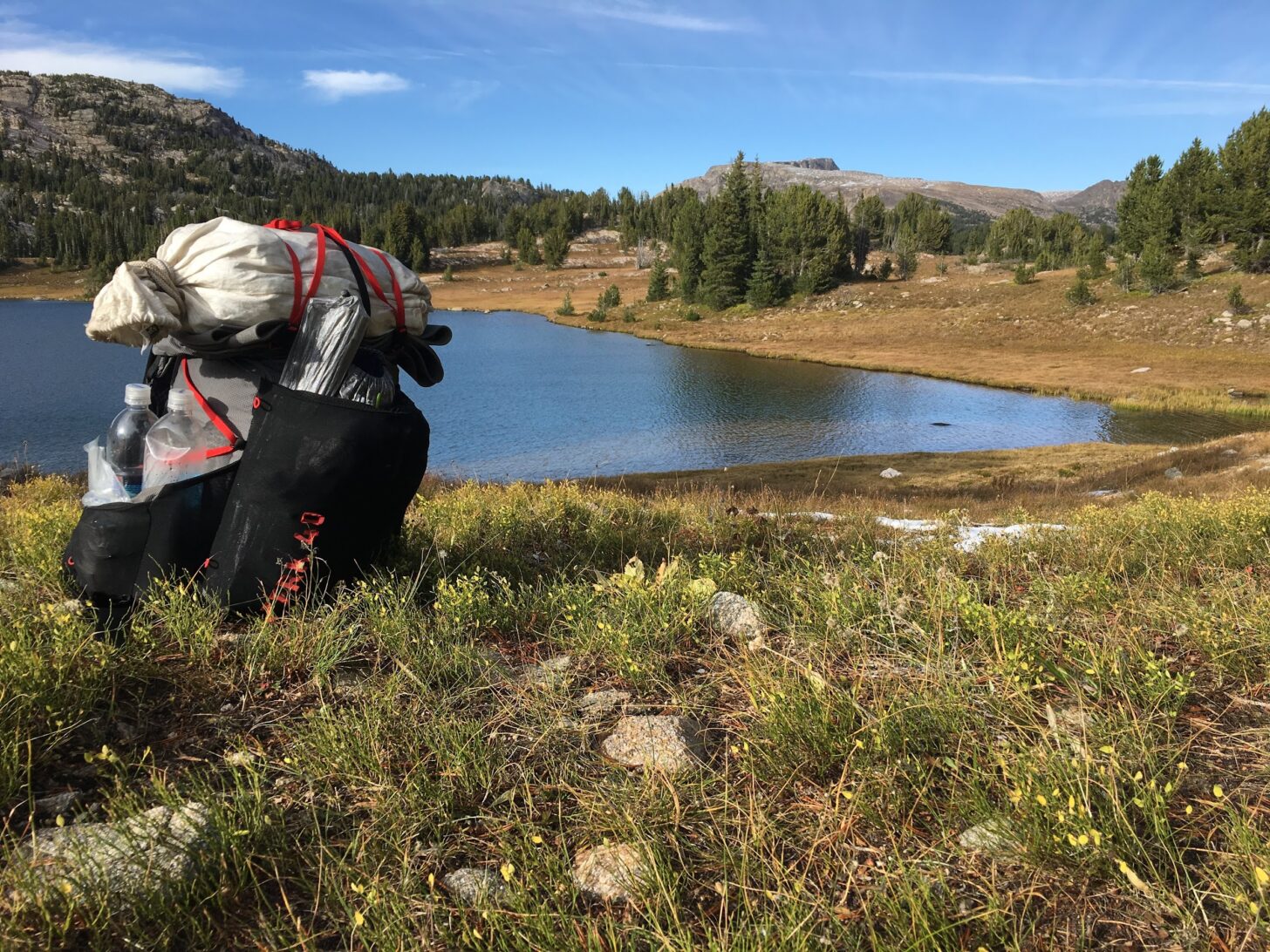Introduction
This article is about storing water in or on your pack and accessing it while hiking. Like most things in life, the easier it is to do something, the more likely you are to do it (consider taking public transit, recycling, or exercising). The easier it is to access your water while hiking, the more likely it is that you’ll stay hydrated.
There is no perfect system that applies universally to every hiker. This overview of options for accessing water stored in or on your pack while hiking will give you some ideas to determine which approach works best for you.

Why is hydration important while backpacking?
Staying hydrated is an essential skill in backpacking. It’s not as glamorous as being able to hike 25-mile days back-to-back or flawlessly executing a complicated tarp pitch in a gusty wind. Still, it has an outsized impact on your ability to enjoy yourself, recover at the end of the day, and stay healthy on the trail. I have a suspicion that an underlying cause of frustration for newer backpackers on their first few trips is that they don’t drink enough water.
Anecdotal experience from new hikers uncovers some evidence of this. I regularly discover trip reports from folks who recognize that they became dehydrated during their hike. Other times, they detail feeling poorly and cannot complete the trip they set out to do. Often, they don’t connect the dots back to their lack of water and electrolytes.
And in many tragic cases over the years, including a recent instance in California, hikers have perished from dehydration. When hiking at altitude, staying hydrated becomes even more important. A standard recommendation is to drink an additional liter of water a day when hiking and camping at higher elevations.
To what extent does hydration impact your performance?
We address hydration science, its impact on physiology and performance, and hydration strategies in more detail in the Trek Planning Masterclass.
Containers for storing water while backpacking
Hard-sided plastic bottles (like “the Nalgene”), repurposed water bottles (like the 1-liter Smartwater bottle or 750 ml Gatorade bottle), and flexible plastic water reservoirs (like those made by Platypus and Hydrapak) are the most common water containers used by backpackers. These vary in capacity, weight, price, materials, and durability. Personal preference and desire to have as light a pack as possible will play into your choice. Perhaps you’ll consider environmental concerns as well.
Some containers can handle hot or boiling water without issue (metal and hard plastics), while others can’t. Hot water stored in some types of soft plastic bottles (e.g., polycarbonate) can cause the leaching of toxic metals, microplastics, and polymers into the water.
Some containers are bulky and have the same packed size when either full or empty. Others, when empty, can be rolled up and stashed out of the way until filled again. Some bottles are compatible with squeeze-style filtration systems or are easy to pair with ultraviolet water treatment devices.

The type of water container you use can have ripple effects on the performance and ease of use of both your overall hydration system and your other backpacking gear systems. Choosing the container that best matches your needs and system will facilitate better hydration and a more efficient backpacking experience. It can take a bit of trial and error. There is no one-size-fits-all approach perfect for every hiker in every situation. But being aware of how your approach to carrying and consuming water is working (or isn’t working) for you on different trips is a worthwhile pursuit.
How much water should I carry when backpacking?
Five factors influence needed storage capacity:
Member Exclusive
A Premium or Unlimited Membership* is required to view the rest of this article.
* A Basic Membership is required to view Member Q&A events




Home › Forums › Where Do I Put My Waterbottles When Backpacking?